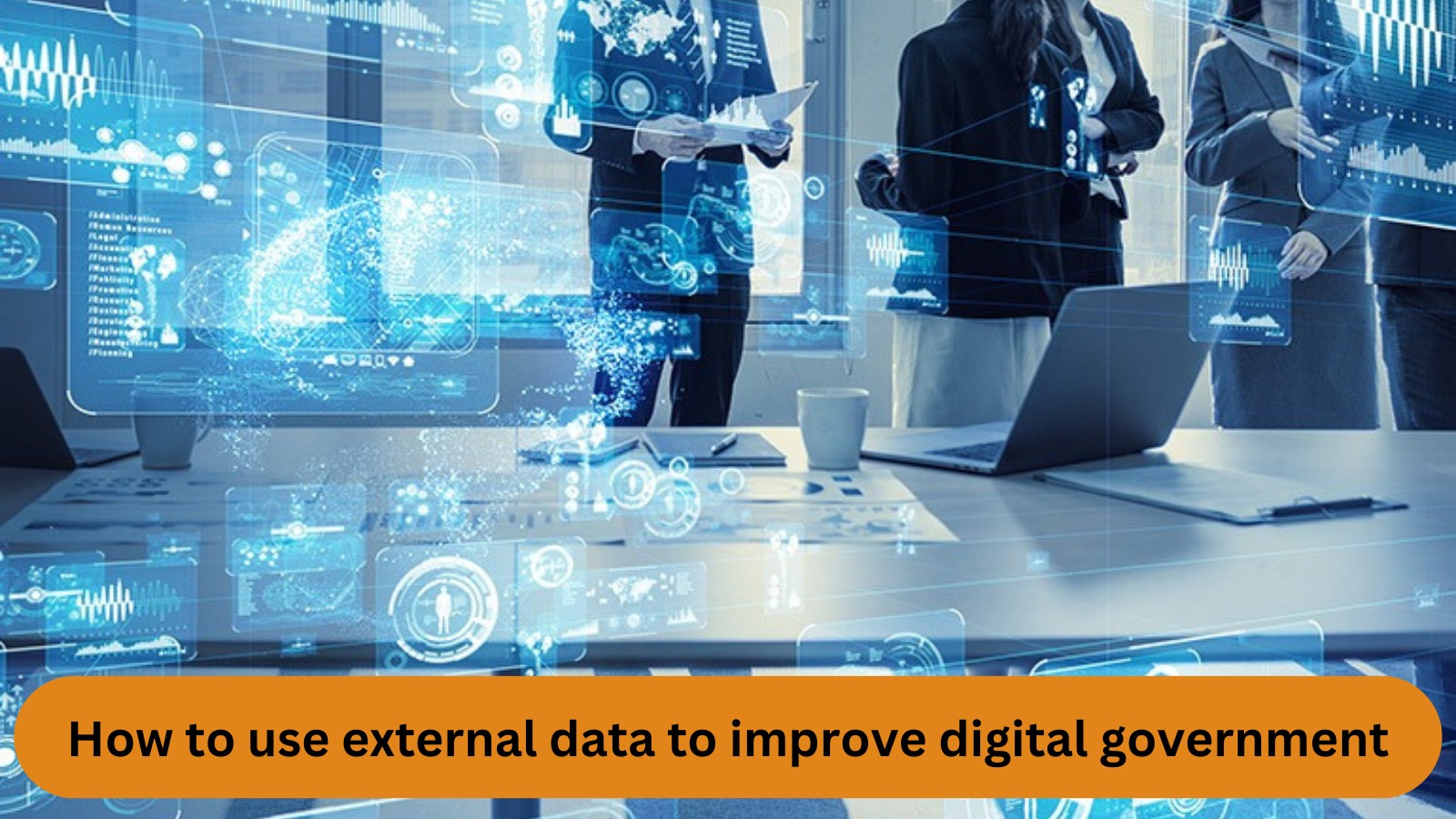Automation means focusing on constituents, NOT technology
Published on September 14, 2023
The focus on deploying new technologies in state and local governments has often led to more harm than good for public servants and the constituents they serve.
Instead of simplifying processes and improving efficiency, these technologies seem to have made things more complicated and burdensome.
Why do government agencies keep introducing multiple disparate systems that only create confusion and add extra steps to the process?
Shouldn’t the goal be to streamline operations and make it easier for public servants to help people access essential services?
It’s disheartening to see how these new technologies have resulted in public servants being overwhelmed with manual tasks and complex procedures.
Isn’t the whole point of automation to free up their time so they can focus on assisting constituents instead of getting lost in a sea of bureaucracy?
Furthermore, the lack of proper documentation for these technologies is a significant issue. We can’t expect public servants to serve the people effectively when they have to navigate poorly documented procedures?
Consolidating multiple systems into a single portal
The consolidation of multiple systems into a single portal through automation is a fantastic step forward for government agencies.
It’s high time that technology is harnessed to simplify the lives of public servants and improve the efficiency of government services.
The convoluted and disjointed systems that have plagued government workflows for far too long have only hindered progress and frustrated both employees and citizens.
By embracing automation and streamlining processes, we can eliminate unnecessary complexity and create a more user-friendly experience for everyone involved.
California’s Department of Motor Vehicles’ initiative with the DMV Virtual Field Office is a prime example of how automation can revolutionize public services.
Automating 4.8 million transactions across 28 different functions is no small feat, and the $8.8 million in savings demonstrates the tangible benefits of such technological advancements.
By placing a relentless focus on providing a frictionless and efficient experience, we can ensure that government interactions become more seamless and less burdensome for all parties involved.
Moreover, automation doesn’t just benefit government agencies and their employees; it directly impacts the lives of citizens as well.
Faster processing times for permits and licenses means less frustration and shorter wait times for individuals trying to navigate bureaucratic procedures.
Families receiving critical benefits faster can make a significant difference in their lives… particularly during challenging times.
Automation isn’t new to governments
While robotic process automation (RPA) has been helpful in streamlining certain tasks, governments must go beyond merely automating repetitive processes on legacy systems.
The true potential of automation lies in creating an operating agility layer that simplifies workflows for caseworkers and employees, making their jobs more efficient and effective.
By focusing on the edge and empowering these frontline workers, we can have a direct and positive impact on the citizens they serve.
Consider the example of automating password resets for government employees.
By streamlining this back-office task, frontline workers can return to their duties faster, leading to better service delivery for constituents.
When combined with additional automation that facilitates quicker access to information or assists with complex tasks, we can eliminate bottlenecks and backlogs in service delivery.
To truly transform government operations, an “automation-first mindset” is essential.
Leaders shouldn’t treat automation as an afterthought or a solution to a specific problem.
Instead, it should be an integral part of any transformational work, from rethinking processes to modernizing technology infrastructure.
By approaching automation in this way, we can achieve significant benefits.
It can reduce risks associated with manual errors, save time and money during deployment, and improve the sustainability of government services in the long run.
Focusing on constituents, not technology
The true focus of transformation should have always been on the people, both the employees and the constituents, rather than solely on the system or technology.
By centering our efforts around improving the experiences of public servants and citizens, we can achieve remarkable societal benefits.
I firmly believe that governments need to embrace automation proactively and strategically, and with always putting the humans at the center.
It’s not just about solving isolated issues…it’s about connecting entire workflows and creating a seamless, efficient ecosystem for serving constituents, but most importantly ensuring that we connect the dots between all governments services to great a single, seamless and unified experience for an individual citizen or business.
In other words connecting all government services around the user, rather than the user around the services.
By doing so, we can build a government that is more responsive, citizen-centric, and capable of addressing the evolving needs of society effectively and efficiently.
About the Author
Mohammad J Sear is focused on bringing purpose to digital in government.
He has obtained his leadership training from the Harvard Kennedy School of Government, USA and holds an MBA from the University of Leicester, UK.
After a successful 12+ years career in the UK government during the premiership of three Prime Ministers Margaret Thatcher, John Major and Tony Blair, Mohammad moved to the private sector and has now for 20+ years been advising government organizations in the UK, Middle East, Australasia and South Asia on strategic challenges and digital transformation.
He is currently working for Ernst & Young (EY) and leading the Digital Government practice efforts across the Middle East and North Africa (MENA), and is also a Digital Government and Innovation lecturer at the Paris School of International Affairs, Sciences Po, France.
As a thought-leader some of the articles he has authored include: “Digital is great but exclusion isn’t – make data work for driving better digital inclusion” published in Harvard Business Review, “Holistic Digital Government” published in the MIT Technology Review, “Want To Make Citizens Happy – Put Experience First” published in Forbes Middle East.
More from Mohammad J Sear





